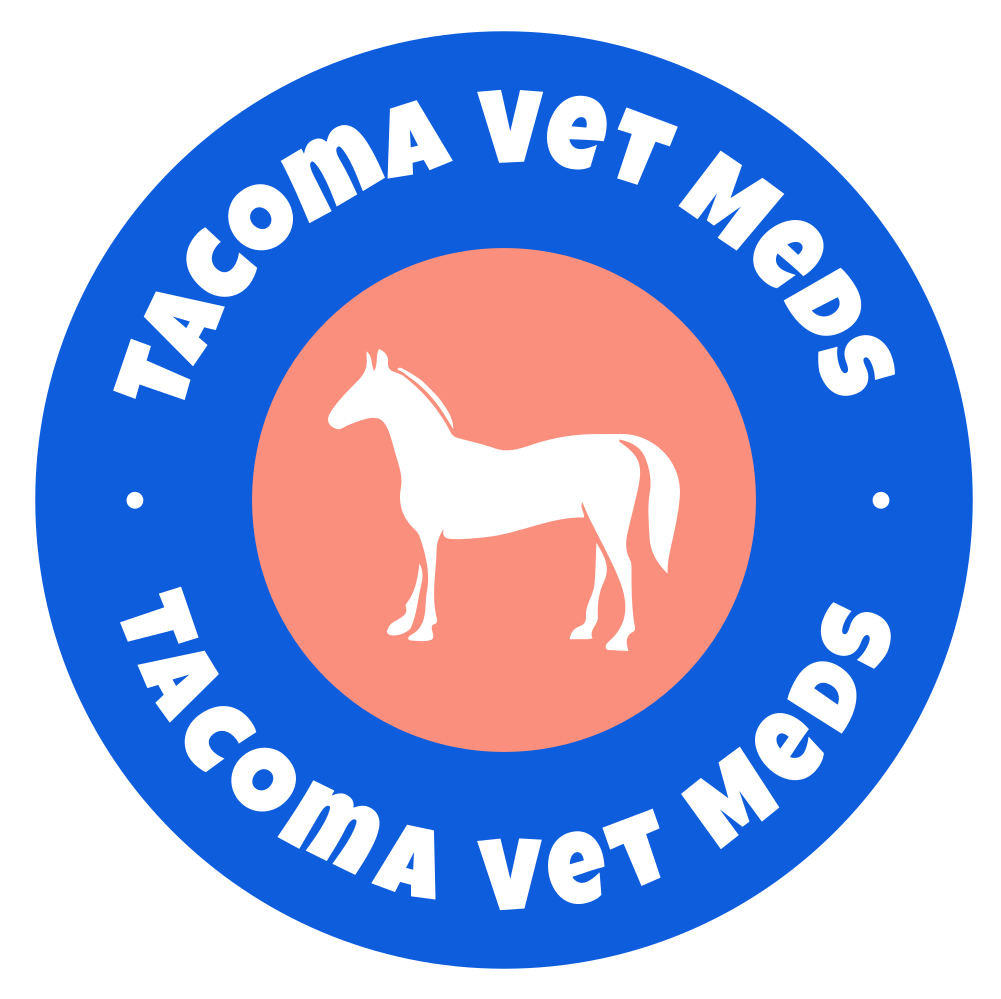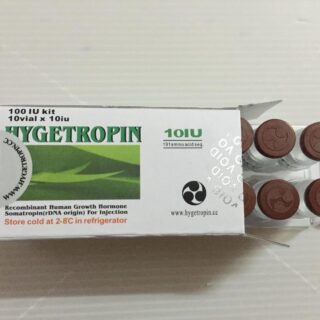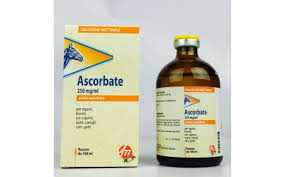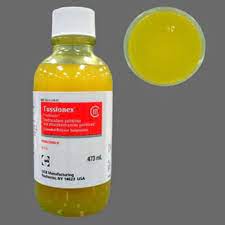Respiratory Infections in Camels (And How to Treat Them)
Respiratory infections in camels can range from mild nasal discharge to life-threatening pneumonia. Early detection and proper treatment are essential to minimize complications, especially in working or breeding camels. This guide covers the top signs to watch for, common causes, and treatment options using vet-approved medications.
At Tacoma Vet Meds, we provide affordable, trusted medications to support camel health.
What Causes the Infections in Camels?
Camels are susceptible to respiratory infections due to:
-
Sudden weather changes (heat → cold or vice versa)
-
Dusty or poorly ventilated housing
-
Stress from transport or workload
-
Viral or bacterial pathogens
-
Parasites like lungworms
Pathogens like Pasteurella, Mycoplasma, and even coronaviruses can affect camels, especially when their immune systems are compromised.
Top Signs of Respiratory Illness in Camels
Recognizing respiratory illness early gives your camel a better chance of recovery. Key symptoms include:
1. Labored or Noisy Breathing
Watch for wheezing, gasping, or abnormal respiratory sounds.
2. Nasal Discharge
Clear, thick, or yellowish nasal secretions may indicate infection.
3. Coughing or Sneezing
Persistent or dry coughs could suggest bronchitis or lung irritation.
4. Fever
A body temperature above 39.5°C (103°F) is a red flag.
5. Lethargy and Loss of Appetite
Sick camels often eat less and may separate from the herd.
6. Open-Mouth Breathing or Panting
This is a more severe sign and often indicates distress or low oxygen levels.
When to Call the Vet
If your camel shows more than one of these symptoms—especially nasal discharge + fever + labored breathing—call a veterinarian immediately. Delays can lead to lung damage or death in serious cases.
How to Treat Respiratory Infections in Camels
Treatment depends on the cause—bacterial, viral, or parasitic—but here are common vet-recommended options:
1. Antibiotics
If your vet suspects a bacterial cause:
-
Doxycycline – Effective for Pasteurella and Mycoplasma
-
Enrofloxacin (Baytril) – Broad-spectrum antibiotic for respiratory infections
-
Tylosin or Oxytetracycline – Commonly used in large animals
Follow the full course of antibiotics to prevent resistance.
2. Anti-Inflammatories
To reduce fever and inflammation:
-
Flunixin Meglumine – Controls fever and respiratory discomfort
-
Meloxicam – An alternative NSAID for camels
3. Supportive Care
-
Electrolytes to prevent dehydration
-
Vitamin C and immune boosters for recovery
-
Nebulization with sterile saline or vet-recommended solutions
4. Parasite Control
In cases involving lungworms or parasites:
-
Ivermectin – Dewormer that also targets respiratory parasites
Preventing Respiratory Infections in Camels
Prevention is key, especially for working camels or breeding stock. Here’s how to reduce the risk:
-
Provide well-ventilated, dust-free shelter
-
Avoid overcrowding
-
Deworm regularly using a proven product like Ivermectin
-
Supplement with immune-support products
-
Isolate new or sick animals
-
Reduce transport stress with proper rest, feed, and hydration
Shop Camel Health Medications
At Tacoma Vet Meds, we carry:
Browse all camel medications here: Camel Health Products
Bonus Tip
Always monitor your camels after weather changes or stressful events. Respiratory infections often appear 2–5 days after a triggering factor.
Trusted External Resource
For more camel-specific veterinary resources:
OIE – Camel Health & Respiratory Disease Guidelines (World Organisation for Animal Health)
Final Thoughts
Respiratory infections in camels are serious but treatable if caught early. Recognizing the symptoms and using the right medications can prevent long-term damage or loss.
Visit Tacoma Vet Meds for the medications and support you need to keep your camels breathing easy and thriving.
📞 Questions about a sick camel? Contact us — we’re here to help.







Leave a Reply